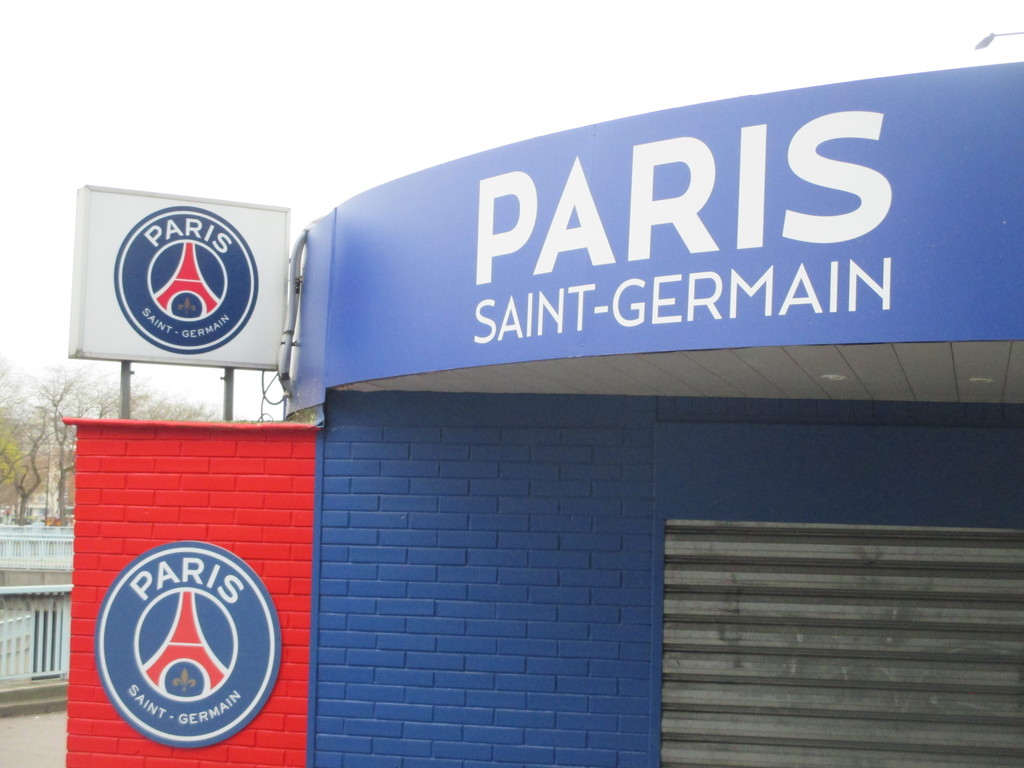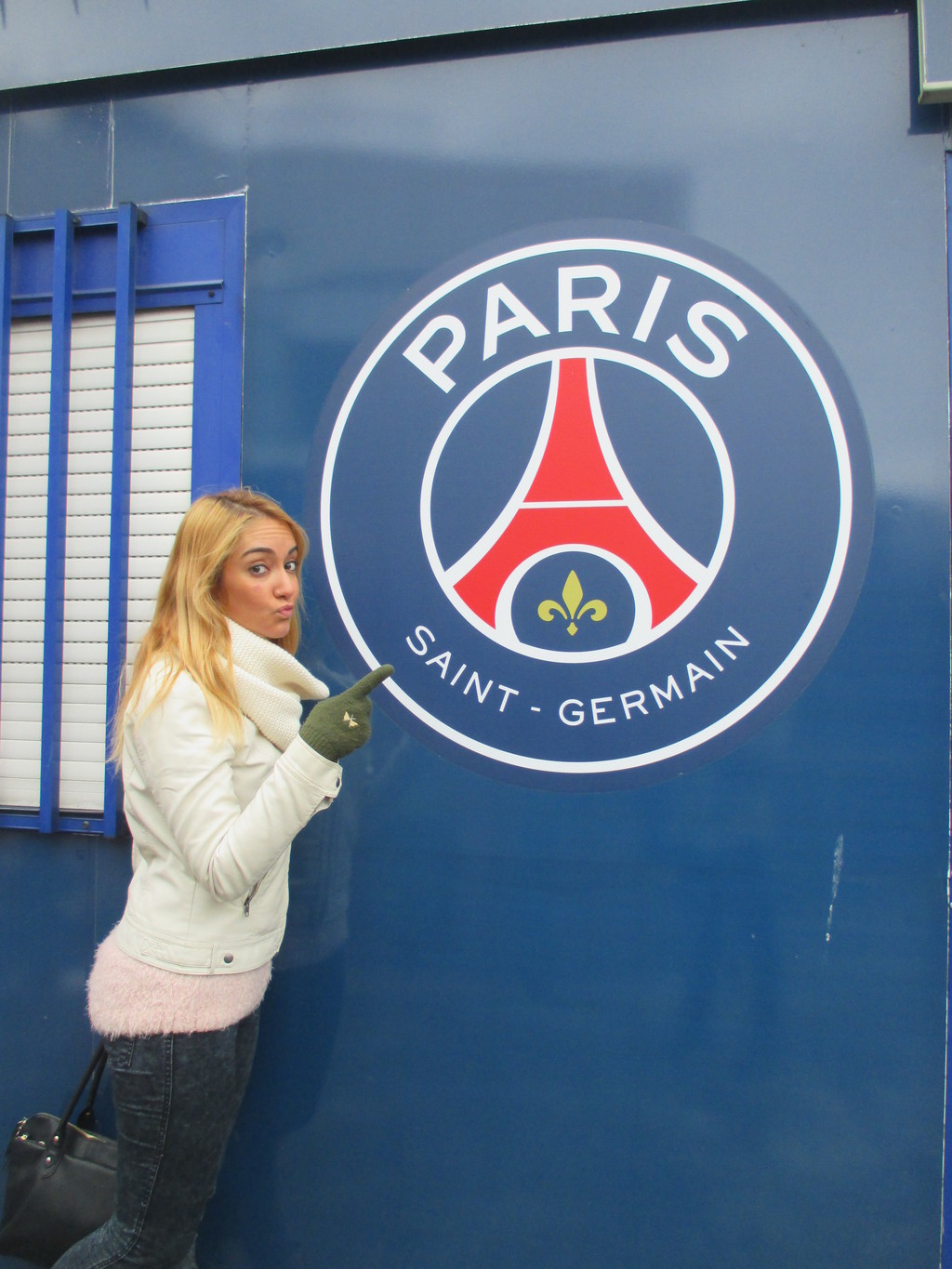Paris Saint-German Football Stadium
- Address: 24 Rue du Commandant Guilbaud, 75016 Paris, Francia
- Tags:
 What to see Paris,
Paris,
France
What to see Paris,
Paris,
France
- Telephone: +33 1 47 43 7
- Website: www.psg.fr
Paris Saint-German Football Stadium

Parc de Princes, as the stadium is known, was built on the outskirts of the city, outside of the ring road. It is located 4 kilometres south-west of the Eiffel Tower, and less than 1 kilometre south of the Bois de Boulogne and the tennis complex Roland Garros.
If you're coming from the south part of the ring road, take the D910/Boulogne exit (the tunnel). Take a left at the end of the incline (and you will see the stadium) onto Avenue de la Porte de Saint-Cloud and then, the first right onto the street Comandante Guilbaud.
If you're coming from the north, take the exit towards Boulogne/Avenue de la Porte de Saint-Cloud, and then take a right at the end of the incline, following the signs to the stadium.
The closest metro stop is Porte de Saint-Cloud which is on line 9, and is a 5 minute walk from the stadium. Line 9 goes through the centre of the city, just on the edge of the north part of the River Seine, and connects with various other lines.

Alternatively, you can take line 10 and get off at Porte d'Auteuil, which is just a little bit further away from the stadium. Line 10 connects to the stadium with various stops on the outskirts of Paris, if this is where you're coming from.
Porte de Saint-Cloud station is served by the 22, 62 and 72 buses whereas Porte d'Auteuil is served by numbers 32 and 52. All the buses run through the centre of the city via different routes.
Parc de Princes was built in order to act a new modern space for important rugby and football matches. The stadium replaced the old Velódrome, which had been there since 1897.
Parc de Princes was officially opened on 4th June 1972 by the French president at the time, Georges Pompidou. The first match there was the final of the French cup between Marseille and Bastia (2-1).
The stadium, designed by the architect Roger Taillibert, was praised for its state-of-the-art design and received various architecture awards. It's most famous characteristic are the 50 concrete columns that support the ring shaped roof.
One year after it opened, in 1973, the recently founded Paris-Saint German made the stadium their home ground.
In the following decades, the Parc de Princes hosted regular national football matches, French cup finals, and it was the location for various finals of the Champion's league.
The first of these finals was the final of the Champion's league between Bayern München and Leeds United (2-0) in 1975, which was followed by the final of the UEFA cup between Anderlecht and Austria Wien (4-0) in 1978, and the European cup final between Liverpool and Real Madrid (1-0) in 1981.
In previous years, Parc de Princes was the headquarters for the UEFA Cup Winners' Cup Final between Real Zaragoza and Arsenal (2-1) in 1995, and the final of the UEFA Cup between Inter and Lazio in 1998 (3-0).
Since the opening of the Stade de France (national stadium) in 1998, Parc de Princes has lost many of its international matches and finals, and has refocused on more medium sized events compared to its larger counterpart.
In 1984, the Parc de Princes was where most of the European camps were located, hosting 2 group matches and the final between France and Spain (2-0).

14 years later, the stadium was one of the main locations for the 1998 World Cup, hosting 4 group matches, a quarter final match and the match for third place between Croatia and Holland (2-1).
Whilst still being considered as one of the most modern stadiums in France, the new owners of PSG had planned to extend and reconstruct the stadium. However, as the stadium was selected as one of the locations for the Euro 2016 and the work would not be finished in time, it was decided that the stadium would just be renovated for the tournament, and the decision to reconstruct it would be decided after the tournament.
Paris St Germain was founded on August 12th 1970 by Guy Crescent, director of the business Calbreon and Pierre Etienne Guyot, vice-president of the Racing Club de France.
Paris Saint Germain was created from some footballers from an unofficial club called Football Club de Paris who began to use Saint-Germain stadium in the city, Saint-Germain-en-Laye in 1970. They started playing in division two. The team was captained by Jean Djorkaeff and in 1971, the club earned their place and were promoted to the first division. At the end of the 1971/1972 season, PSG finished 16th place in the league table and found themselves in a very difficult financial position. The Paris council compromised to pay the club debts, but only if the club adopted the name 'Paris Football club'.

The old stadium rejected the council's proposal. They finally came to an agreement; the club was the split into two, the professional side would change their name to Paris FC and remain in division one, whilst the reserve team would become a team of their own and play in division three. PSG won the 1972/1973 season in division 3. The following season, PSG managed to take second place in division 2 and were promoted ahead of Red Star FC.
On November 10th, 1973, PSG played its first official match at the Parc des Princes stadium against Red Star. For the 1974/1975 season, Parc des Princes was re-established as the official stadium for PSG.
Photo gallery
Content available in other languages
- Español: Estadio del Paris Saint-Germain FC
- Français: Le Stade du Paris-Saint-Germain FC
- Polski: Stadion Paris Saint-Germain FC
- Italiano: Stadio del Paris Saint-Germain FC
- Deutsch: Das Paris Saint-Germain FC Stadium
- Português: Estádio do Paris Saint-Germain FC
Rate and comment about this place!
Do you know Paris Saint-German Football Stadium? Share your opinion about this place.


















